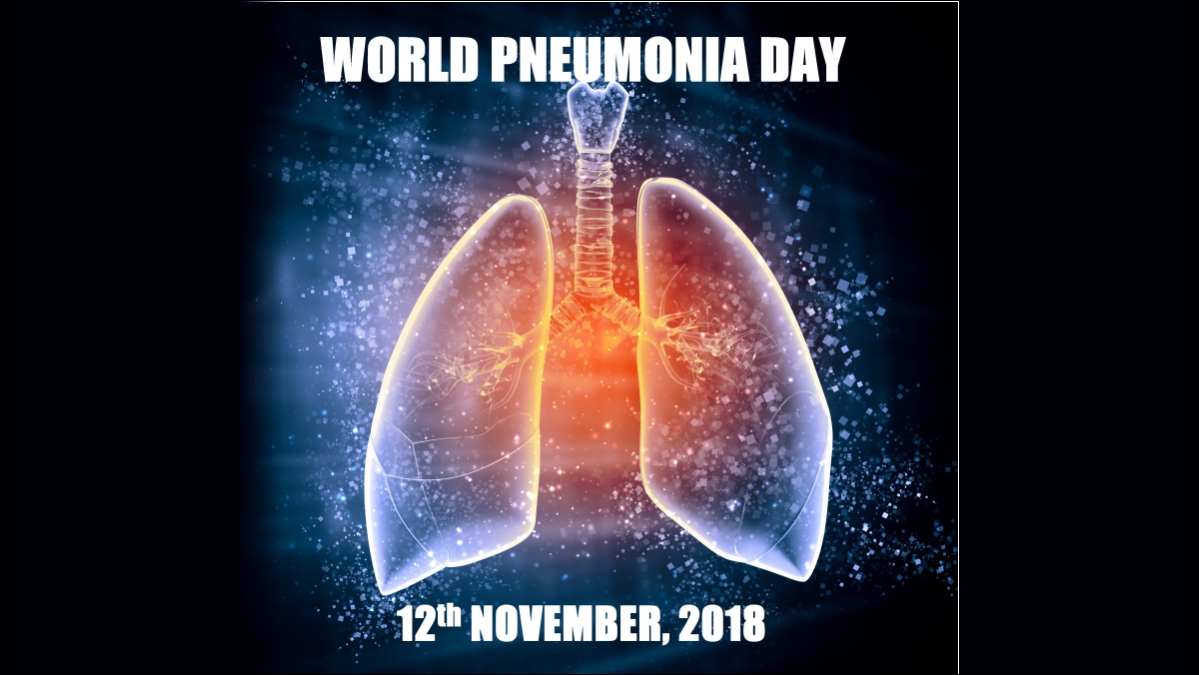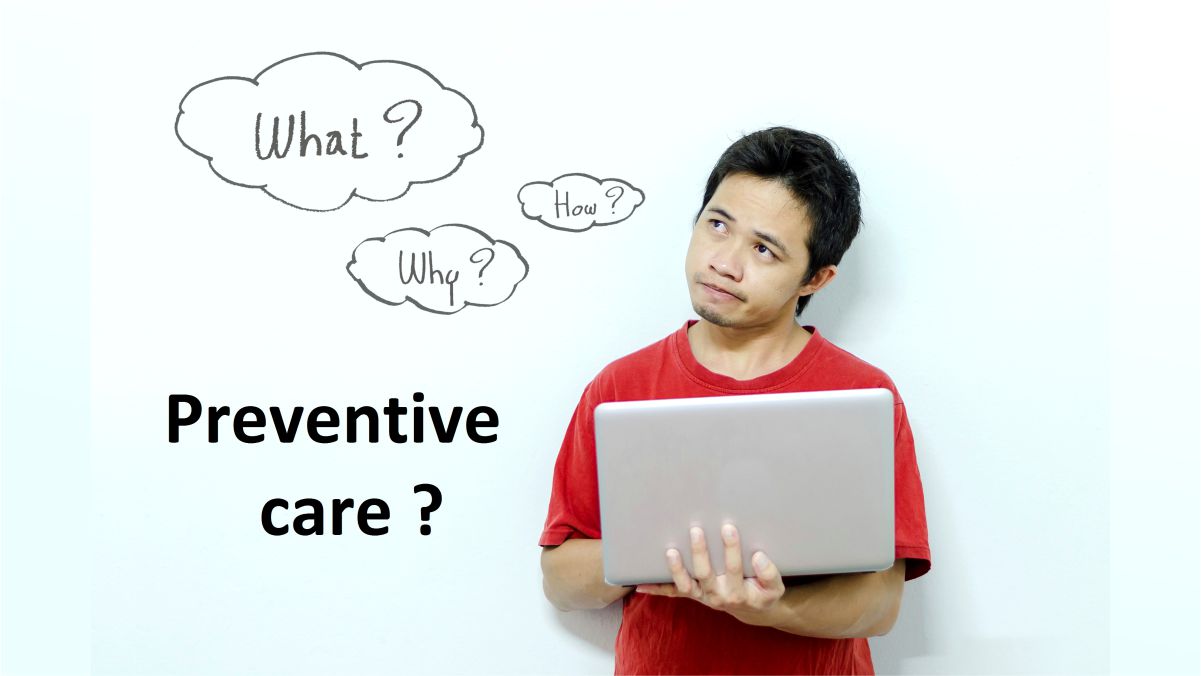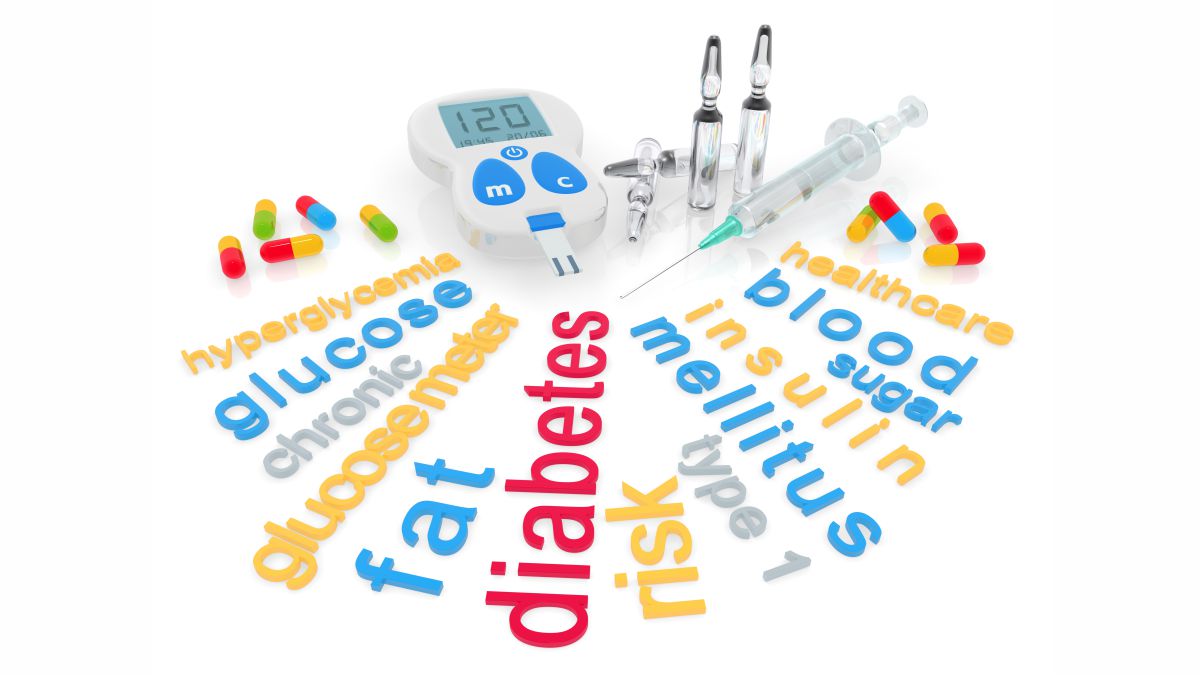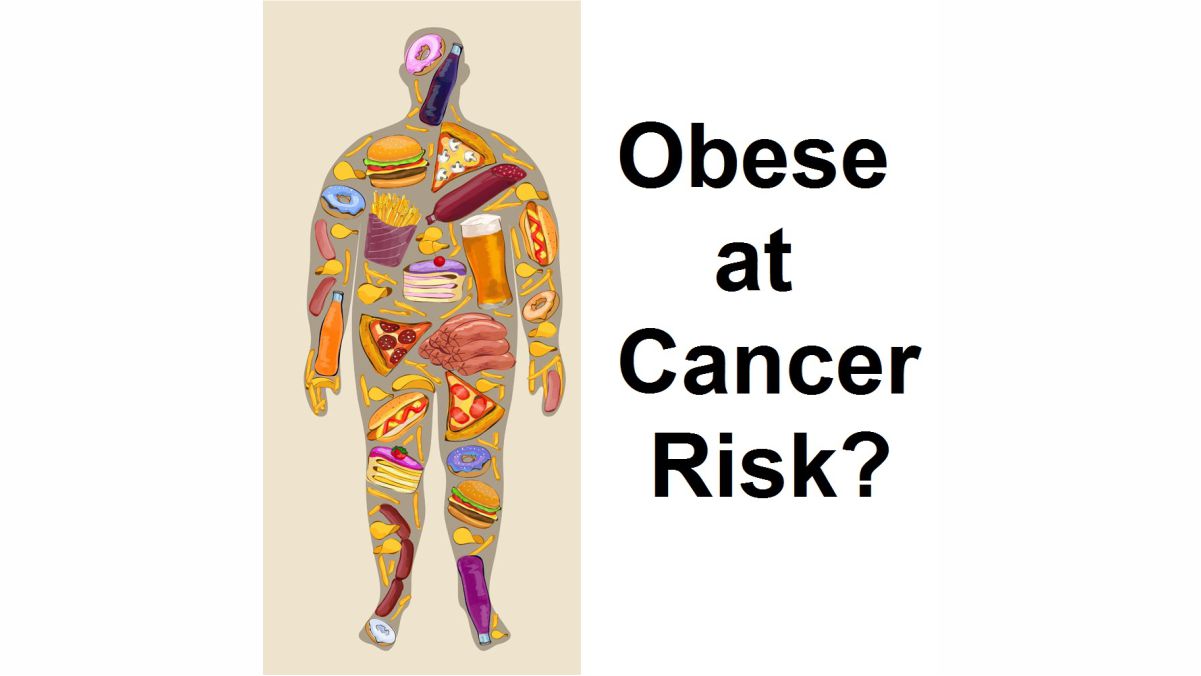
Right care to Fight pneumonia
November 12th is marked as World Pneumonia Day, to spread awareness about pneumonia, as it’s the world’s leading infectious killer of children under the age of 5 .
Pneumonia is a form of respiratory infection that affects the lungs. An individual with pneumonia has pus and / fluid filled in the spaces of the lungs (alveoli). Due to this they experience painful breathing and the oxygen supply is also limited.
The Culprits!
Pneumonia is not just a bacterial disease! It could be also because of viruses or fungi! Isn't that an interesting fact? So let us have a look at the organisms that can cause it.
1. Streptococcus pneumoniae- The most common bacteria causing pneumonia in children.
2.Haemophilus influenzae type b- The second most common agent of bacterial pneumonia.
3. Mycoplasma pneumoniae- A typical pneumonia is caused by this and a few other bacteria. like Legionella pneumophilaandChlamydia pneumoniae.
4. Respiratory syncytial virus- This virus can very well cause pneumonia.
5. Aspergillus, Rhizopus- Cause of fungal pneumonia.
Beware, It’s Risky!
Yeah! Certain conditions can increase our chances of developing pneumonia. So, it is important to know them.
1. Weak immune systems
2. Pre-existing illnesses, such as HIV infections or lowered immunity
3. Environmental factors like air pollution , living in crowded home or second hand smoking.
Few facts and Stats!
1. Globally,16% of all deaths in children under the age of 5 years is due to pneumonia
2. Every 20 seconds a child die of pneumonia.
3. 99% of all pneumonia deaths occur in low and middle-income countries.
4. South Asia and sub-Saharan Africa bear more than half of the total cases suspected with pneumonia.
5. Pneumonia due to bacteria can be treated with antibiotics.
6. People belonging to poor communities of any Nation are at higher risk of pneumonia.
From Infection to Transmission
Infection can be spread in a number of ways. The viruses and bacteria that enters the infected persons nose or throat ,reach the lungs during breathing. They may then spread to others via air-borne droplets, which contain the infection causing agent, from a cough or sneeze.
The common and rare!
Pneumonia has many common symptoms some are common, some are not. Let ’s have a look at them. The common ones are :
1. Cough (Could be greenish or yellowish with mucus)
2. Difficulty in breathing (breathing may be rapid and shallow)
3. Fever
4. Rapid heartbeat
5. Sweating and shivering
6. Loss of appetite
7. Pain in chest
Less common symptoms include:
1.Blood during cough (haemoptysis)
2.Headache
3. Fatigue
4. Nausea and Vomiting
5. Wheezing (whistling sound while breathing)
Care is better than Cure!
When certain precautions can protect you from infection, why take a risk? Know them to prevent them.
1. Proper nutrition for mothers and children.
2. Breastfeeding the infants
3. Measles vaccination.
4. Hand washing with soap
5. Prevention and treatment of underlying cause (such as HIV)
6. Reducing air pollution
“Pneumonia! Let’s take a step towards its prevention, on this World Pneumonia Day!”










